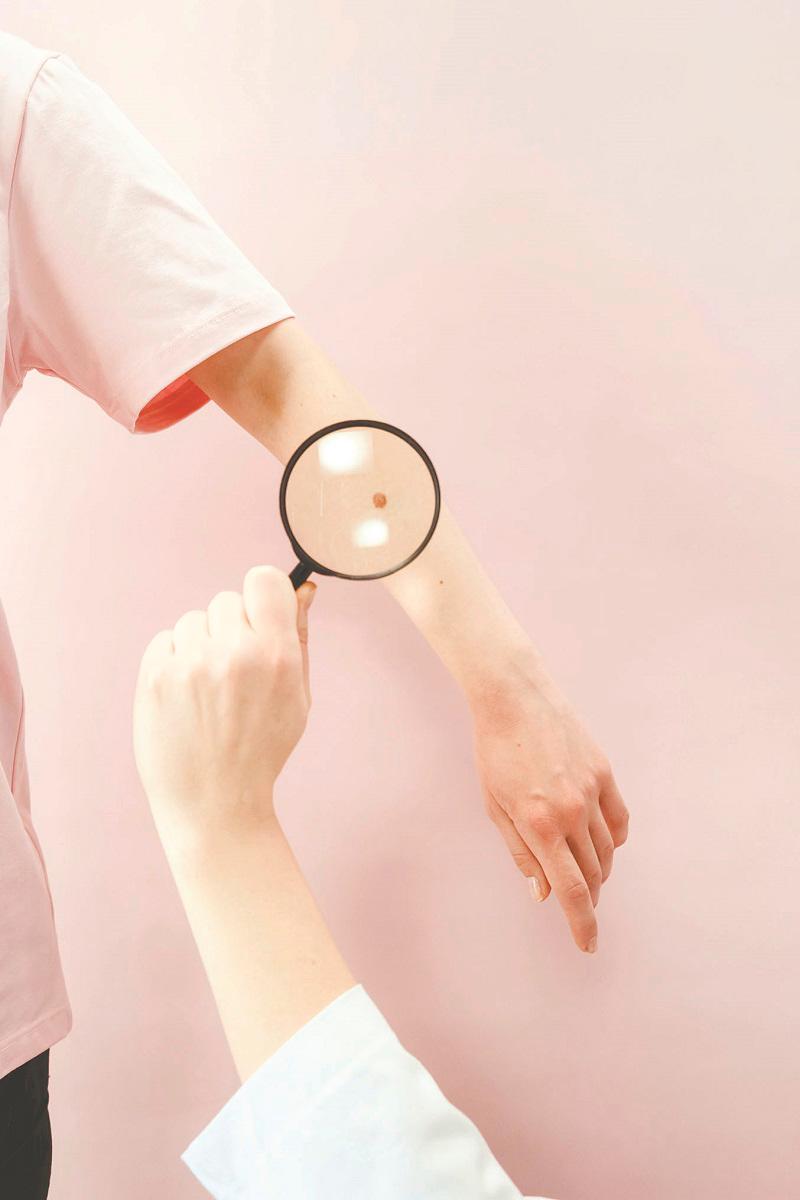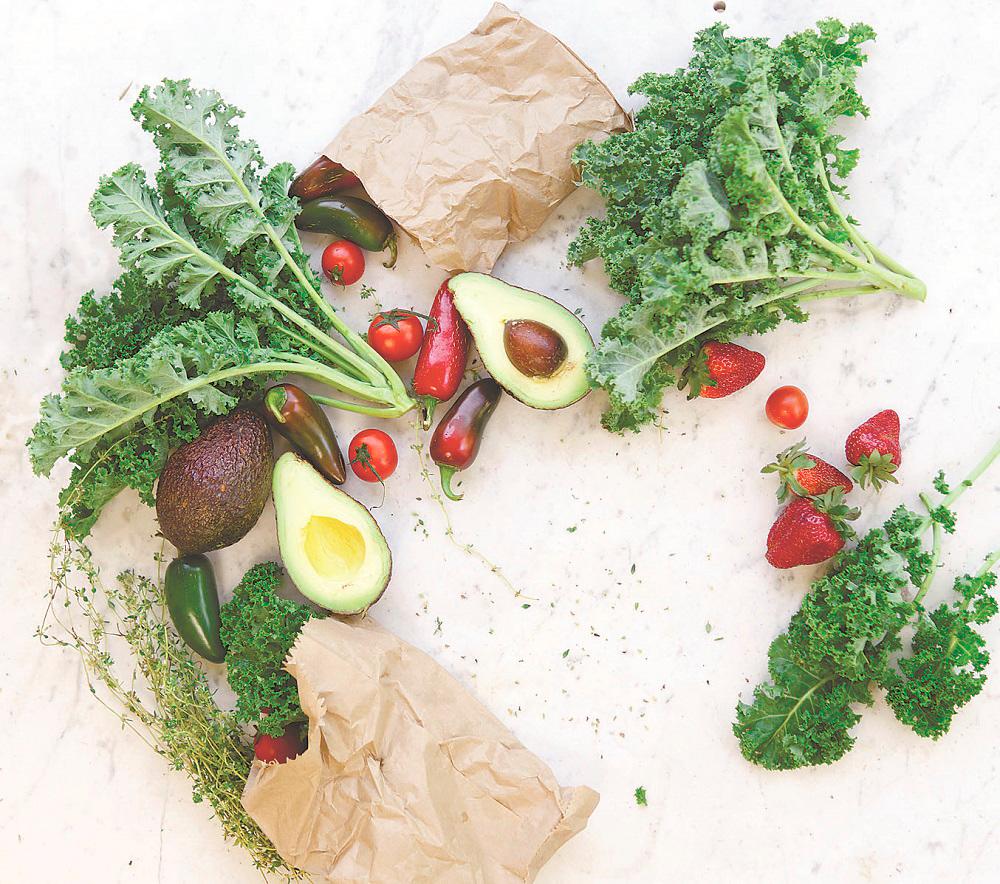A common problem in pregnancy is anaemia. This happens when you have less red blood cells (haemoglobin) in your body. This gives you a pale appearance compared with most pregnant women. Normally, pregnant women are flushed at the cheeks or radiant in appearance and look pink. This is due to the hormonal changes in pregnancy that cause some dilation of the small blood vessels in the cheek.
For most of them, their blood volume increases from five litres to 7.5 litres throughout their pregnancy. However, the red blood cell component does not increase as much as the fluid component. This results in a dilutional effect, which is called dilutional anaemia and is considered normal.
In Malaysia, we have different racial groups with diverse cuisines and appetites. Unfortunately, we consume too much processed or overcooked food. These have very little nutritional value resulting in many Malaysians having anaemia secondary to lack of iron, folic acid or vitamin B12.
It is therefore recommended to change the dietary habit to increase fresh vegetables, fruits and iron-rich food in the diet. Green leafy vegetables that are not cooked in a salad is an easy option to increase the amount of folic acid and vitamin B12 in the dietary intake. Good examples of these vegetables include spinach and kale. Legumes and fruits such as oranges and avocados are also rich in folate.
Meat especially red meat is high in iron content that allows women to increase their iron load. Chicken liver and gizzard are cheap options of dietary iron. The other options of food high in iron includes shellfish, molasses, legumes and green leafy vegetables such as spinach and kale. The first advise to overcome anaemia is to change the dietary habits to incorporate the above dietary changes. The next step is vitamin supplementation. Both government and private healthcare services often prescribe supplements to help mothers maintain their haemoglobin level above 11 gm.
There are many choices of supplementation available – so, look at the content of each supplement brand and choose the one that provides adequate levels of iron, folate and vitamin B12. These steps usually resolve most cases of anaemia.
In some cases, a handful of pregnant mothers may be iron deficient due to poor diet or absorption problems. They will require iron through intravenous iron therapy, as a daycare procedure. Cheap iron therapy has a higher allergic and complication rate. The newer versions are much safer, but more expensive.
Besides dietary causes of anaemia, a smaller number of women have blood disorders. The most common form is thalassemia. Other forms of blood disorders include spherocytosis, ovalocytosis and other haemoglobinopathies. Meaning, they cannot produce proper red blood cells that last 120 days compared with normal people and breakdown faster resulting in anaemia.
The one thing that most people try to avoid is blood transfusion. This is because there are many complications related to blood transfusions. However, in certain cases such as thalassemia, blood transfusions may be inevitable for the safety of the pregnant mother and her baby.
But, the amount and frequency of the blood transfusion will depend on your doctor’s advice. They will customise your treatment to ensure you have a safe and healthy pregnancy.
This article is contributed by consultant obstetrician & gynaecologist, maternal fetal medicine Datuk Dr H. Krishna Kumar.










